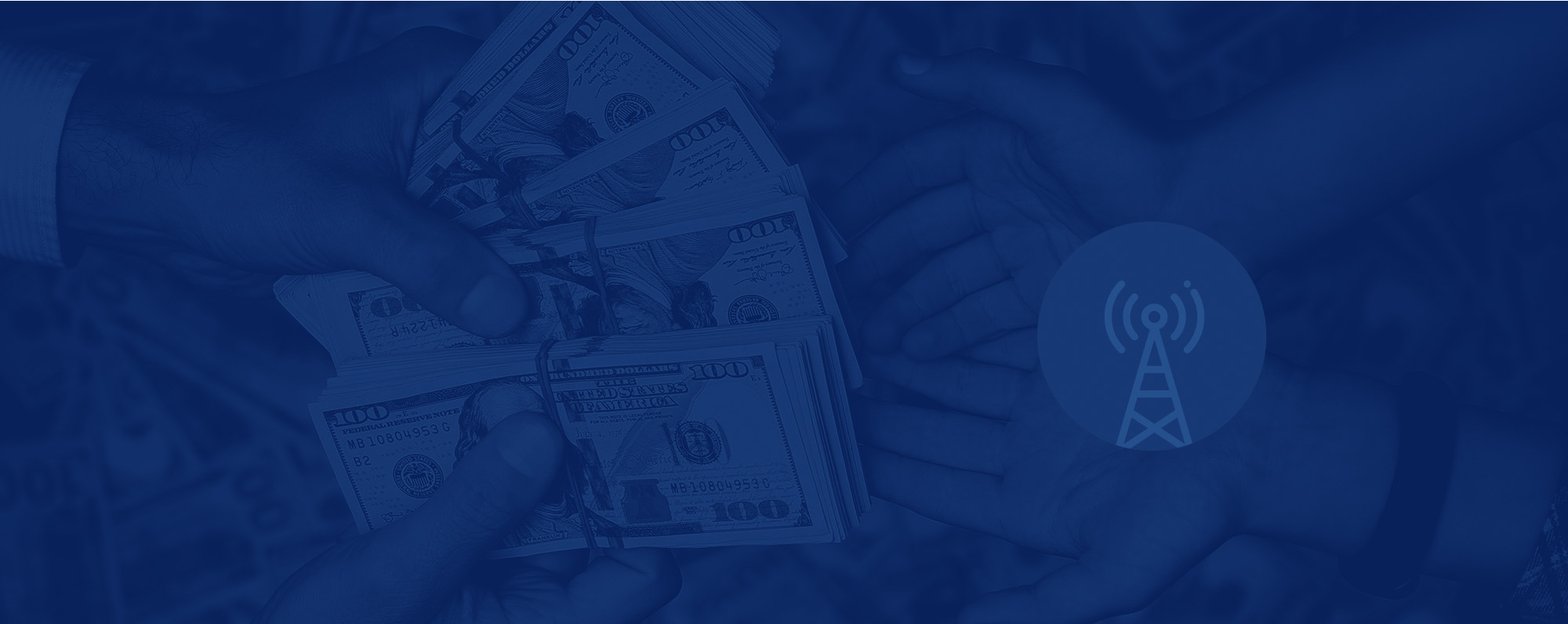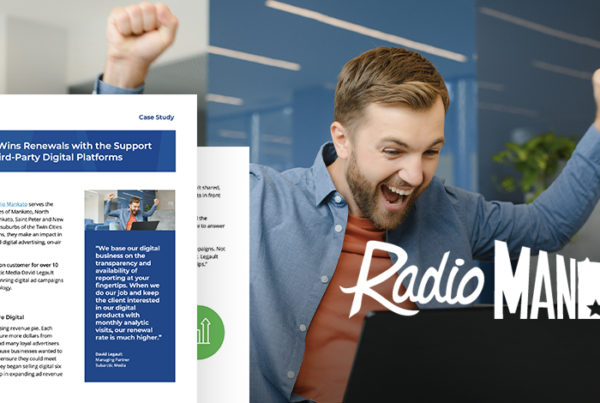Radio receives a disproportionate share of local advertising dollars compared to its reach and ROI. Other tactics, both traditional and digital, have experienced more growth in 2024 than radio. How can radio get its fair share in a year buoyed by political advertising and a strong economy?
Local media sellers face both challenges and opportunities to accomplish this. You’re not going to advertisers with only one tactic. You’re providing them with a portfolio of solutions to expand their audiences and target ideal buyers. What you recommend aligns with the company’s goals and what they think their advertising dollars should produce.
If they haven’t considered radio in a while or are slimming budgets here, it’s time to reposition radio as foundational to any local advertising campaign.
AM/FM Radio and Digital Create Future Demand and Convert Existing Demand
Many businesses have the misconception that only digital advertising works to create future demand and convert existing demand. It’s easy to see why they think this, as the customer journey through awareness, consideration and decision typically relates to digital tactics. Further, many advertisers may see radio as an awareness-only tactic.
That’s simply not true, and there’s data to back this up. Data from Nielsen and analysis by Westwood One show that when a campaign shifts its investment to radio from TV or digital, AM/FM radio generates a 28% increase in reach. A digital-only campaign would reach approximately 46% of the market. Adding radio spots expands that to 65% of the market, a 41% increase.
Why Does Radio Have Such an Impact on Local Advertising?
So, why does AM/FM radio create this kind of performance? There are several reasons spot ads deliver this kind of ROI, including:
- Radio’s “trust halo”: Listeners trust radio more because of their relationship with personalities and the station’s role in the community.
- Audio outperforms video: Studies show consumers pay more attention to audio ads and have greater brand recall.
- Radio reaches consumers during their path to purchase: AM/FM listening is at the top of the list for ad-supported audio in both the car and other locations.
- Radio engages everyone: Every demographic tunes in to AM/FM, from the youngest to the oldest consumers.
Radio Gets Consumers Talking
What does any local business want in terms of brand awareness? They want consumers to have conversations about their products and services. Word of mouth is the exchange of information between trusted sources. After all, whom do you trust when it comes to recommendations? You’re mostly likely to take those from friends and family.
Radio helps local businesses here, too. A study from the RAB revealed that heavy radio listeners have 4.7 billion weekly brand conversations. Of those, 51% convert to purchase intent.
Thus, being on the radio can help organizations make their way into these conversations. The more people talk about their brand (in a positive light), the more likely a company is to see sales and revenue growth in return.
Radio Wins as the Top Mass-Reach Medium
Another reason radio should gain a greater share of local advertising budgets is that it’s now the top mass media for reach in the U.S. It reaches more people than broadcast TV, according to Nielsen.
That news is something to celebrate and herald to your customers. It makes a compelling case for organizations that have considerable TV ad budgets. TV may always be a part of their media mix, but it may be time to shift some money around to get the best reach and targeting. Some have already reallocated funds to OTT/CTV to compensate for the decline in traditional TV viewing.
However, streaming advertising won’t accomplish this alone. Radio actually fills the gap much more, according to Nielsen data. With a linear TV-only campaign, reach is 55%. Adding CTV and other digital tactics increases it to 62.2%. When radio enters the campaign, the reach becomes 76.5%.
How people consume media has changed dramatically, but radio continues to thrive as a way for businesses to connect with consumers.
Radio’s Short- and Long-Term ROI
An analysis of advertising from 2021 to 2023 also makes the case for radio in local advertising spending. For every $1 a company invests in radio advertising, they can expect a short-term return of $3.12 and a long-term one of $6.29. However, radio only stood at 1% of those media budgets. In terms of profit generation, radio was superior to video, paid social, out-of-home and other tactics.
Because radio works in the short and long term, this is one more data set that emphasizes how radio creates and converts demand.
Radio Can Reach Different Shoppers and Make Them Buyers
There are many types of shoppers, two of which are devoted and impulsive. Devoted shoppers are brand loyal. When messaging is consistent and relevant, they’ll stay with a business for years. Impulsive shoppers are less loyal and more influenced by trends and deals. Diverse types of advertising work on them.
A study found that radio can influence both types of shoppers and turn them into buyers. Hearing audio ads can drive action for both buyer types. The research defined these formats as the best for reaching each group:
- Devoted shoppers: News/talk, classic hits, sports, country and classic rock
- Impulsive shoppers: Urban, rhythmic, CHR and AC
Brands should emphasize values, product advantages and inspiring stories to connect with devoted shoppers. Impulsive shippers are seeking the latest information and inspiration for future purchases.
Key Takeaways to Position Radio to Capture More Local Advertising Dollars
We’ve provided a lot of information and statistics, but you need a short pitch to remind businesses of the power of radio. Start with these points:
- Radio creates and converts demand.
- The leading mass media for reach in the U.S. is AM/FM radio.
- Radio’s ROI is greater than that of most tactics for the short and long term.
- Advertisers can reach different types of shoppers by being strategic around formats and messaging.
- Consumers trust radio more than other media.
- Radio ad spots are cost-effective and expand reach.
Get more insights on local radio advertising with these resources:
Radio Political Advertising: Why It Creates the Most Reach
AM/FM Radio Ads Lift Website Traffic, Demonstrating the Value of Linear + Digital
Broadcast Radio Reaches More Young Consumers Than TV: Make Sure Your Advertisers Know This






